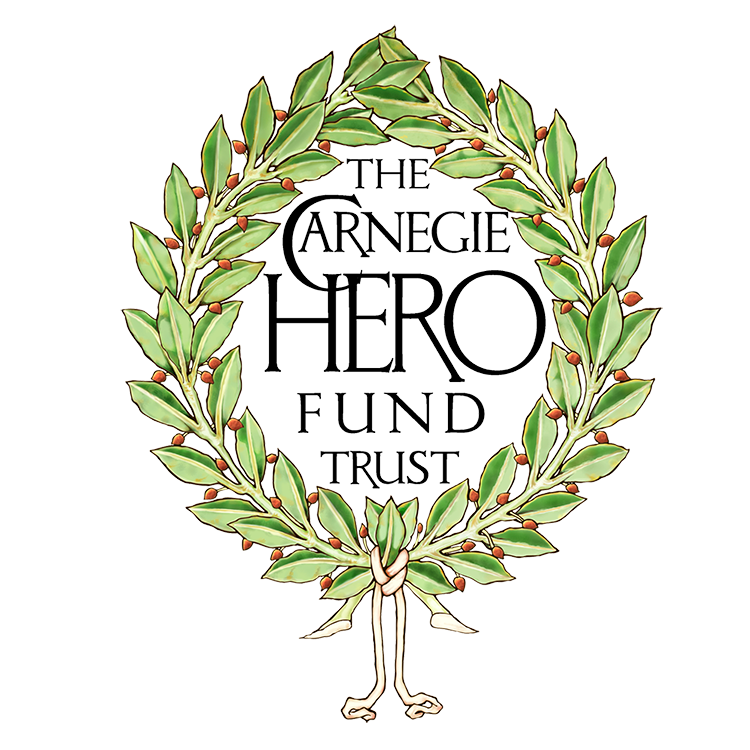The Hunter Legacy
From humble beginnings, Carnegie became the richest man in the world and by his death had given away approximately $350 million and set up numerous Trusts, Foundations, Corporations and Centres of Education and Research across the world. Of all the Trusts he set up the Hero Fund movement was the one closest to his heart. He is quoted as describing his feeling for the Hero Fund thus:
“I cherish a fatherly regard for the Hero Fund since no one suggested it to me. As far as I know, it never had been thought of, hence it is emphatically ‘my ain bairn’ (my own child).”
But where did the original inspiration for his beloved Hero Fund come from? We have to go back to 1886, nearly 20 years before the Carnegie Hero Fund Trust UK was established, to an incident which happened in Dunfermline, the town of Carnegie’s birth. William Hunter (17) lost his life while attempting to rescue a boy (15) from drowning in Town Loch.
On 25 July 1886 as William Hunter was leaving church, after the morning service, he heard cries for help from 2 men who had discovered a young lad in difficulty in the nearby Town Loch. The boy had been swimming across the loch and had become entangled in weeds. William immediately ran to the loch, jumped in and swam towards the boy in a heroic attempt to rescue him. Unfortunately, he was overcome by cramp, caused by his sudden immersion in severely cold water, and disappeared under the water. The other boy was eventually rescued, and William’s body retrieved from the water. It was estimated that 400 people witnessed the whole event including Hunter’s parents.
Such was the response to Hunter’s heroic actions that a fund was launched to erect a memorial by public subscription. One of the subscribers was Andrew Carnegie who added the sum of £100 to the appeal. Carnegie’s comments are inscribed in stone on the local hero’s memorial.
“The false heroes of barbarous man are those who can only boast of the destruction of their fellows. The true heroes of civilisation are those alone who save or greatly serve them.”
The memorial is still in situ in Dunfermline Cemetery, William’s actual grave is nearby.
The second incident which led to the first Hero Fund being established happened at the Harwick Collieries, near Pittsburgh on 25 January 1904. An explosion in the mine claimed 179 lives. Two men, among several who went to help in the search for survivors, were overcome by fumes and also died. Carnegie contributed $50,000 to the Public Relief Fund which doubled the amount raised by public subscription. He wrote:
“I can’t get those widows and children of the mine out of my head”
These two events lead to the establishment of the Carnegie Hero Fund Commission (USA and Canada) in 1904 followed by Carnegie Hero Fund Trust UK in 1908. Nine other Hero Funds were established throughout Europe in the following years in Belgium, Denmark, France, Germany, Italy, Netherlands, Norway, Sweden, and Switzerland. All are still operating today apart from France and Germany.



